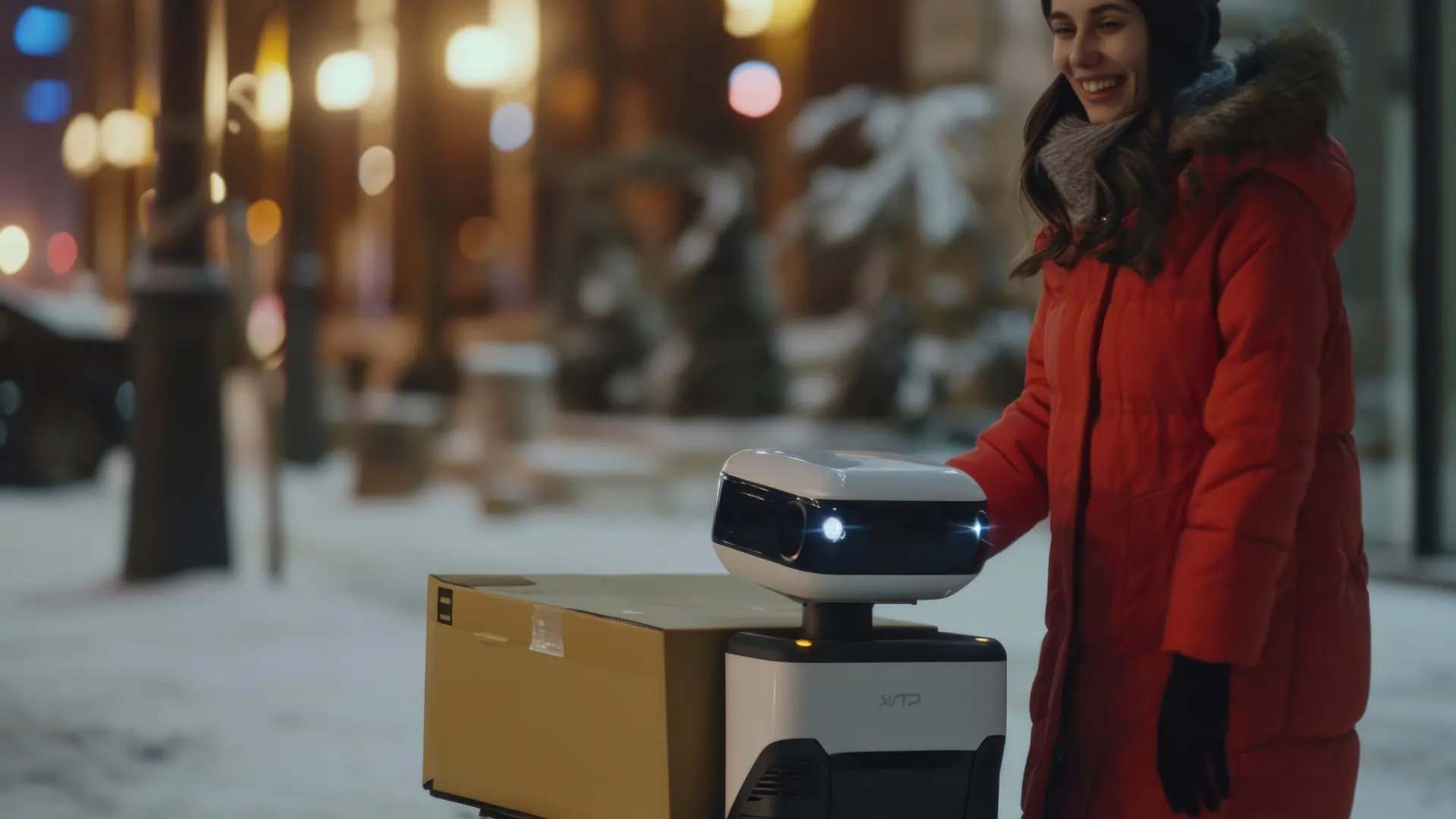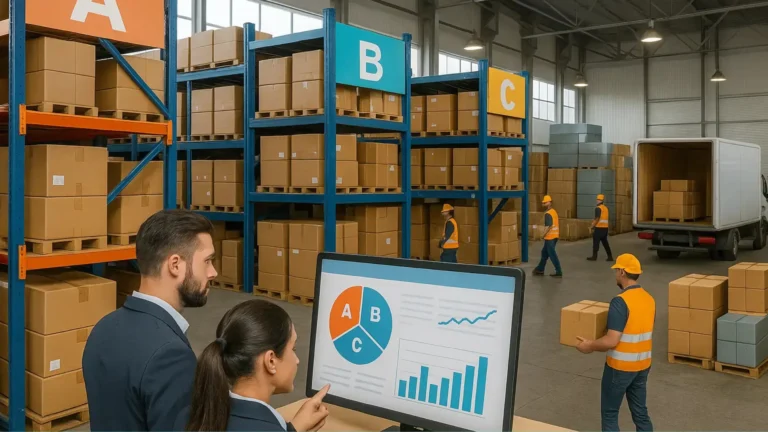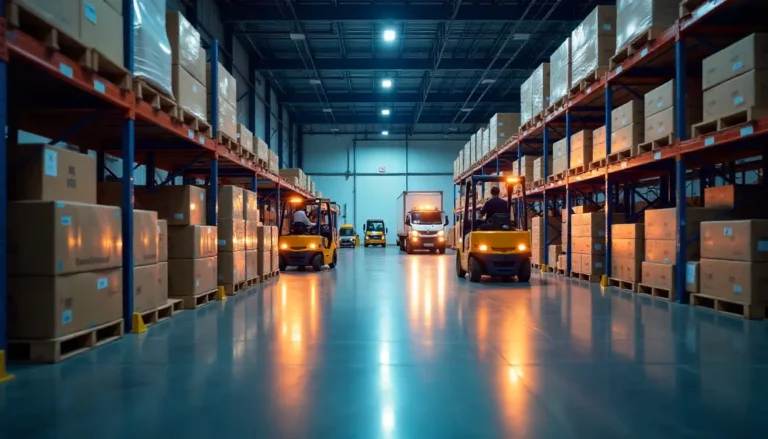
Autonomous Delivery Robots in E-Commerce
The explosive growth of e-commerce has placed immense pressure on last-mile delivery, the critical final step in getting products into the hands of consumers. Traditional delivery methods are often plagued by inefficiencies, high costs, and environmental concerns. However, the emergence of autonomous delivery robots is poised to revolutionize this landscape, bringing about significant changes in how e-commerce operates and how consumers receive their orders.
Autonomous delivery robots, equipped with advanced sensors, AI, and navigation systems, are designed to navigate sidewalks and streets, delivering packages directly to customers’ doorsteps. These robots offer a range of benefits, from reduced delivery times and costs to improved sustainability and enhanced customer experience. As they become increasingly integrated into e-commerce operations, their impact is set to reshape the future of retail.
Transforming Last-Mile Delivery Efficiency
One of the most significant impacts of autonomous delivery robots is the transformation of last-mile delivery efficiency. These robots can operate 24/7, navigate congested urban environments, and deliver packages with greater speed and precision compared to traditional delivery methods. This efficiency translates to faster delivery times, reduced operational costs, and improved customer satisfaction.
By automating the last-mile delivery process, e-commerce companies can minimize human error, optimize delivery routes, and reduce reliance on traditional delivery vehicles. This automation not only speeds up delivery times but also enhances the overall reliability and predictability of the delivery process.
Reducing Delivery Costs and Environmental Impact
Autonomous delivery robots offer a cost-effective and environmentally friendly alternative to traditional delivery methods. These robots are typically powered by electricity, reducing carbon emissions and contributing to a more sustainable delivery ecosystem. Furthermore, they can operate with lower labor costs compared to human delivery drivers, leading to significant cost savings for e-commerce companies.
The reduced operational costs associated with autonomous delivery robots can be passed on to consumers in the form of lower delivery fees or faster delivery options. This affordability, coupled with the environmental benefits, makes autonomous delivery robots an attractive option for both e-commerce companies and consumers.
Enhancing Customer Experience and Convenience
Autonomous delivery robots are enhancing the customer experience by providing greater convenience and flexibility. These robots can deliver packages at customers’ preferred times and locations, offering a more personalized and convenient delivery experience. Customers can track the robot’s progress in real-time and receive notifications upon delivery, ensuring a seamless and transparent delivery process.
Furthermore, autonomous delivery robots can offer contactless delivery options, which are particularly valuable in situations where social distancing is required. This contactless approach not only enhances safety but also provides customers with peace of mind.
Addressing Challenges and Future Outlook
While the impact of autonomous delivery robots on e-commerce is promising, several challenges need to be addressed. Regulatory frameworks, infrastructure development, and public acceptance are crucial factors that will influence the widespread adoption of these robots.
Moreover, ensuring the safety and security of autonomous delivery robots is paramount. These robots must be equipped with robust navigation systems, obstacle avoidance capabilities, and security measures to prevent theft or vandalism.
As technology continues to advance and regulatory frameworks evolve, we can expect to see the increasing integration of autonomous delivery robots into e-commerce operations. These robots are poised to redefine last-mile logistics, bringing about significant changes in how products are delivered and how consumers experience e-commerce. The future of delivery is autonomous, and its impact on e-commerce is undeniable.





